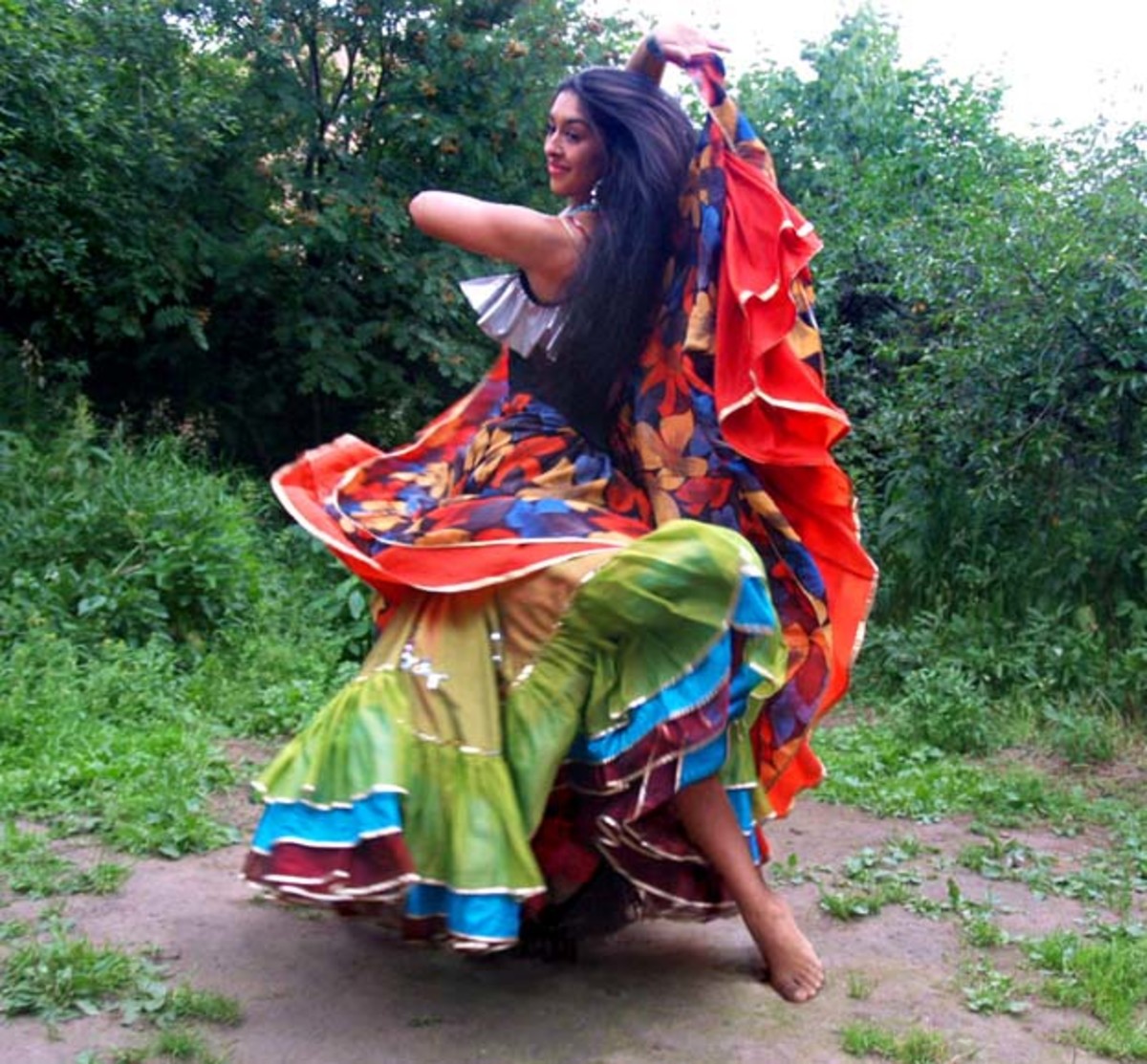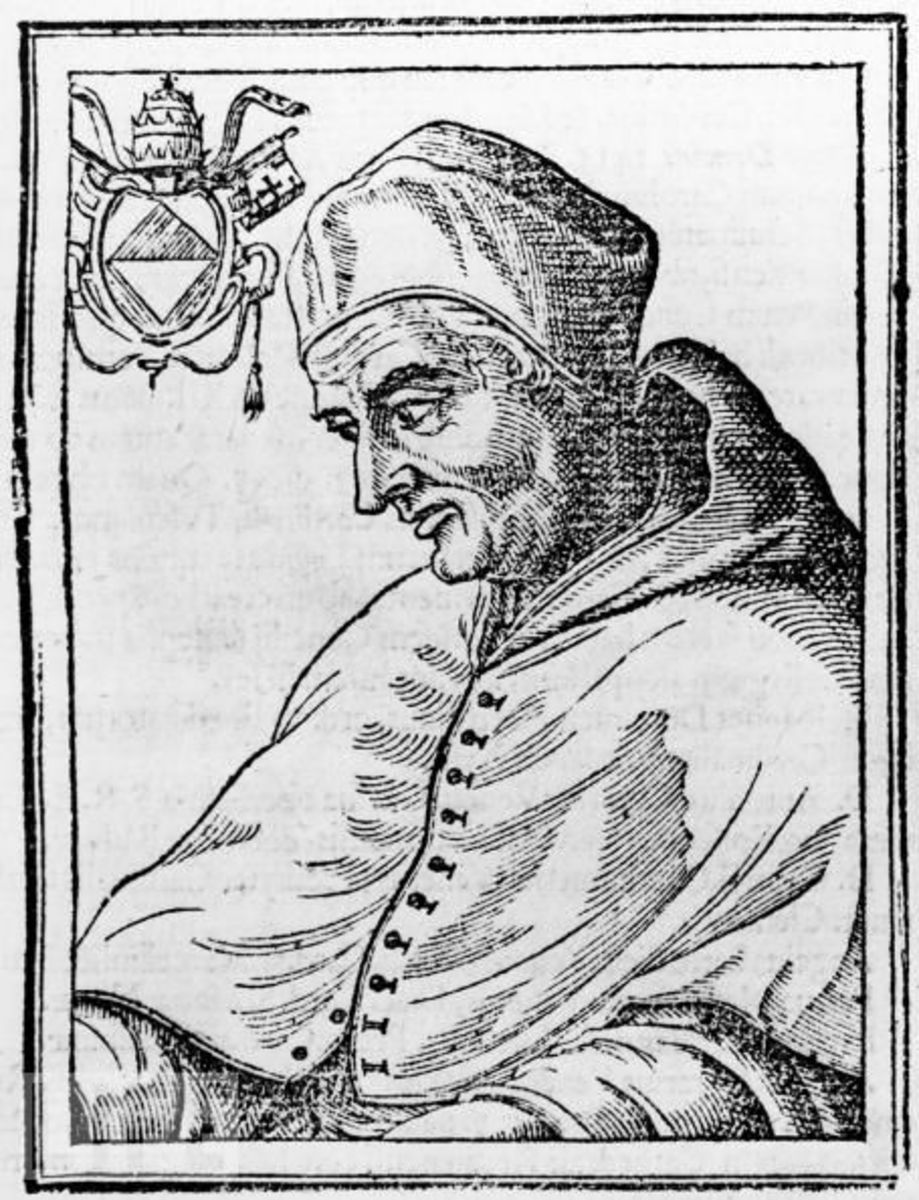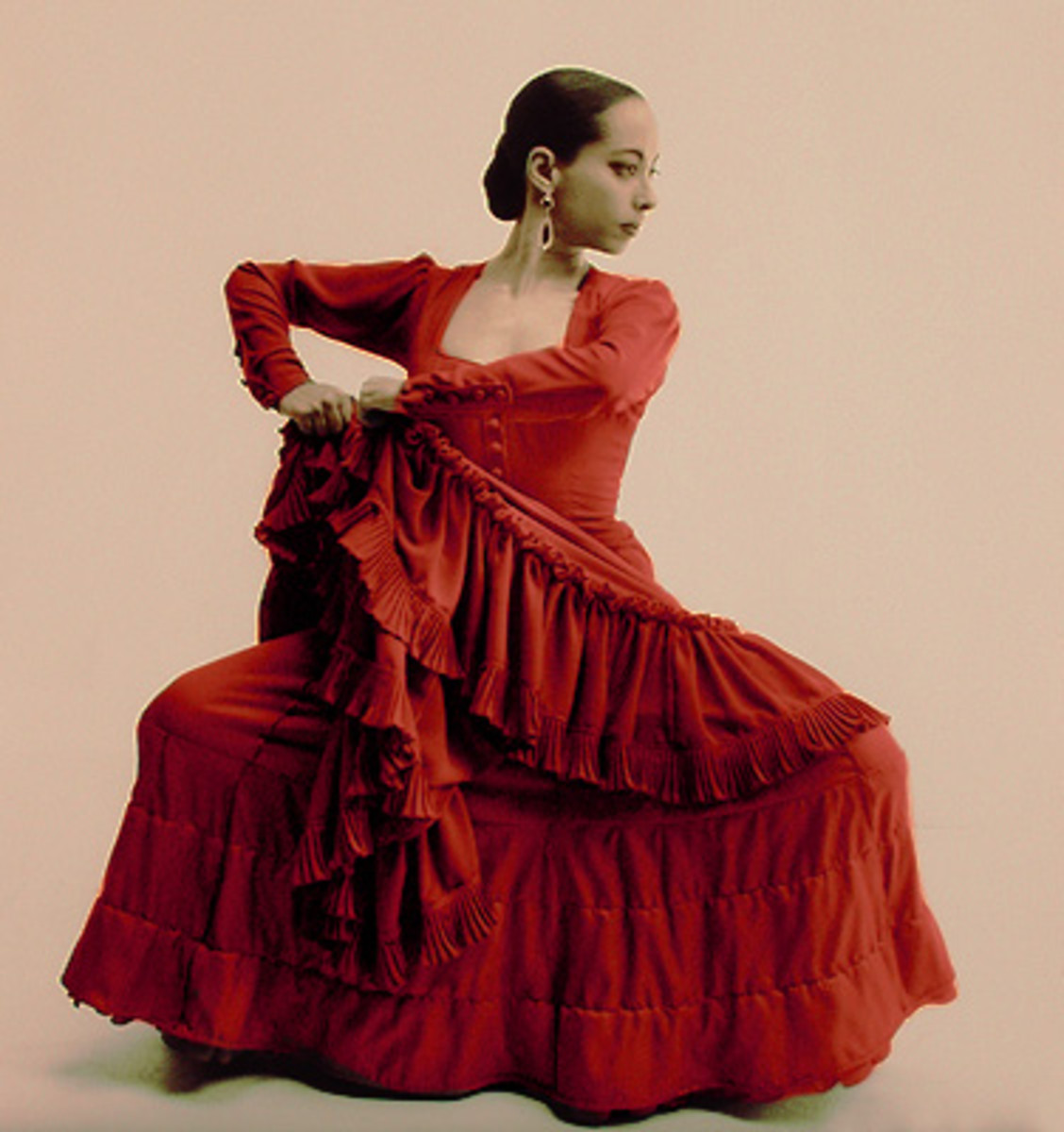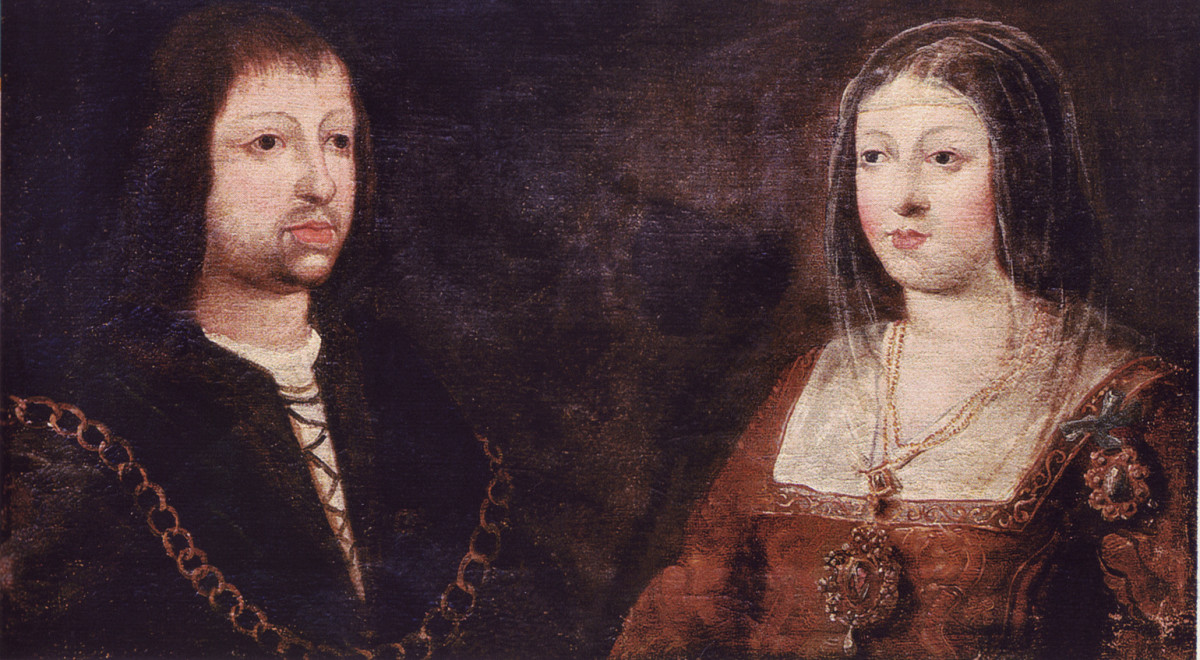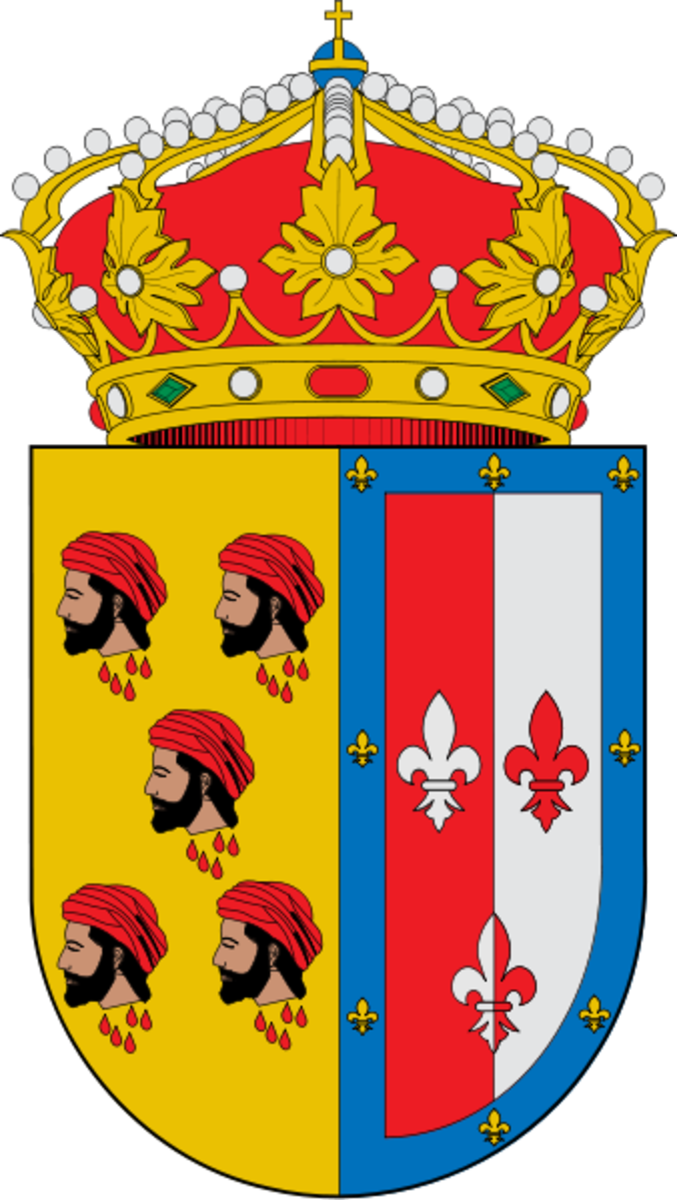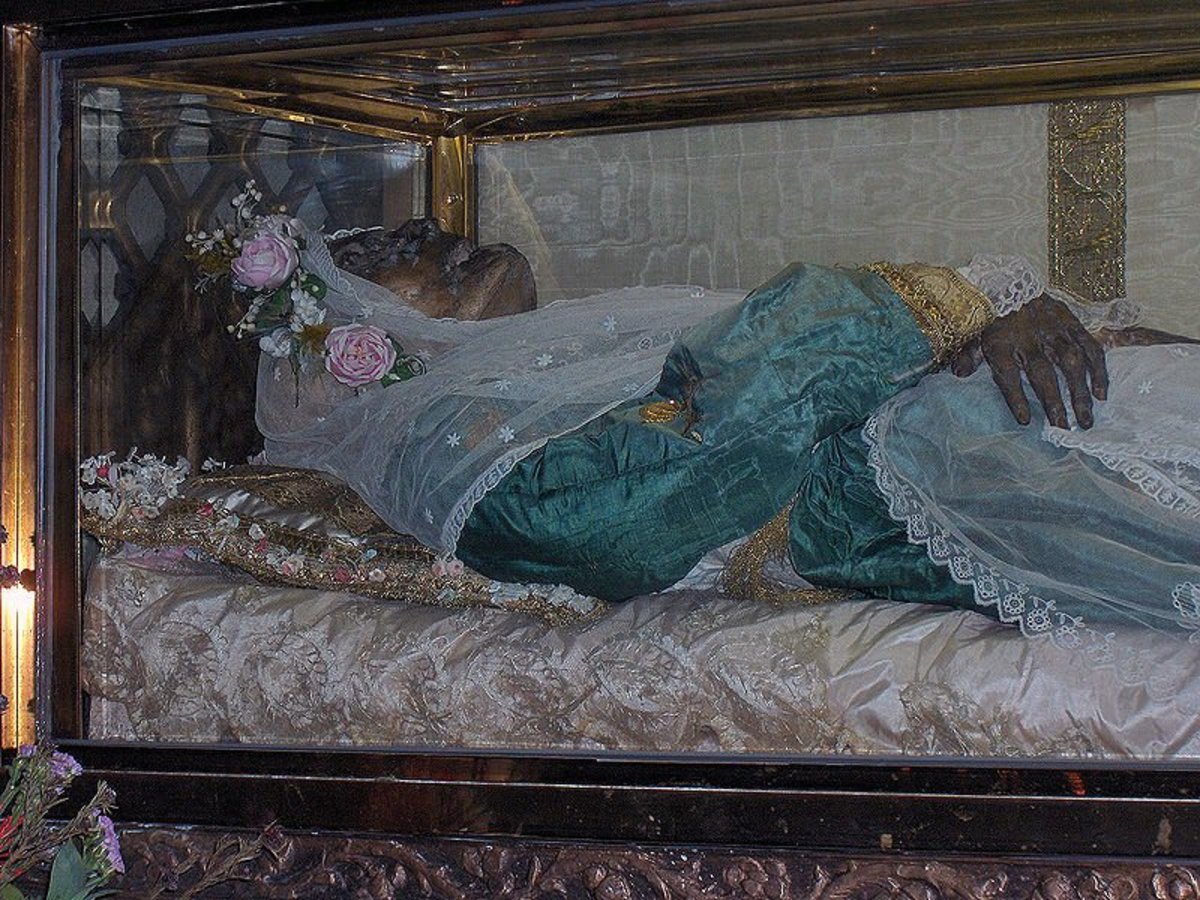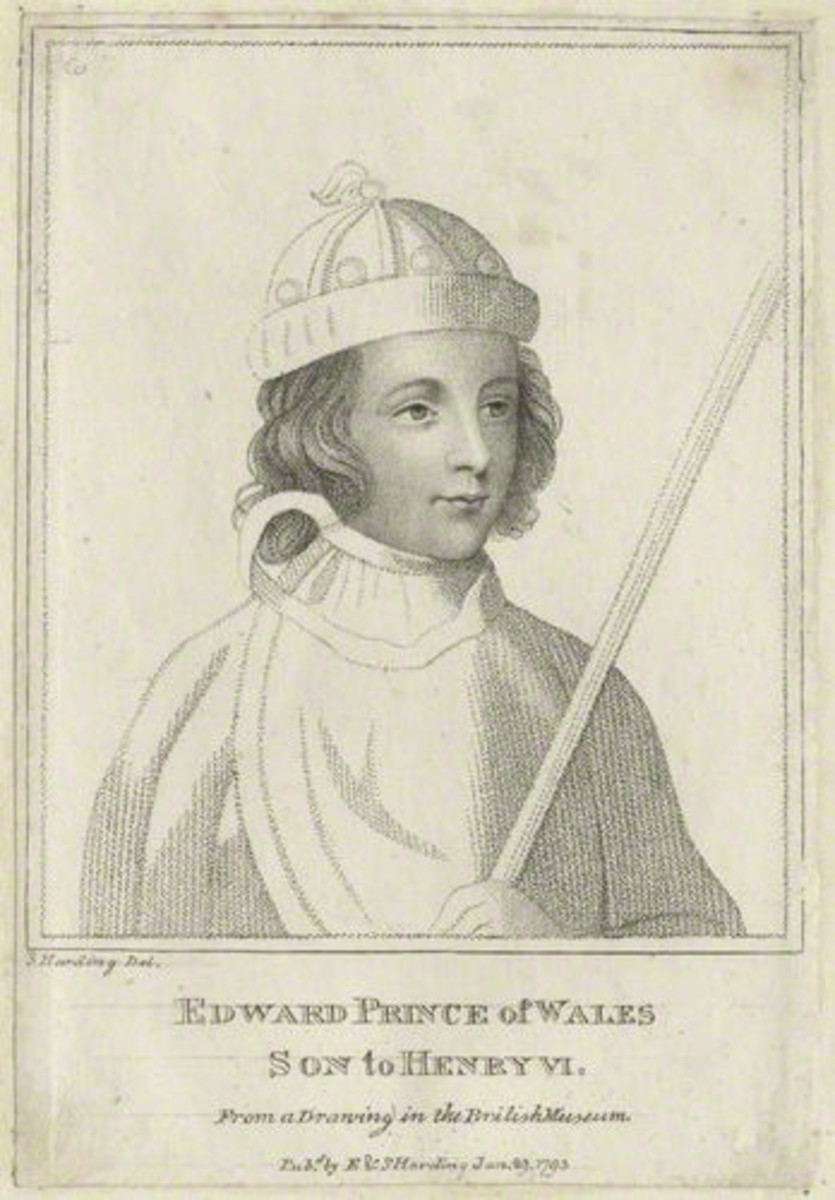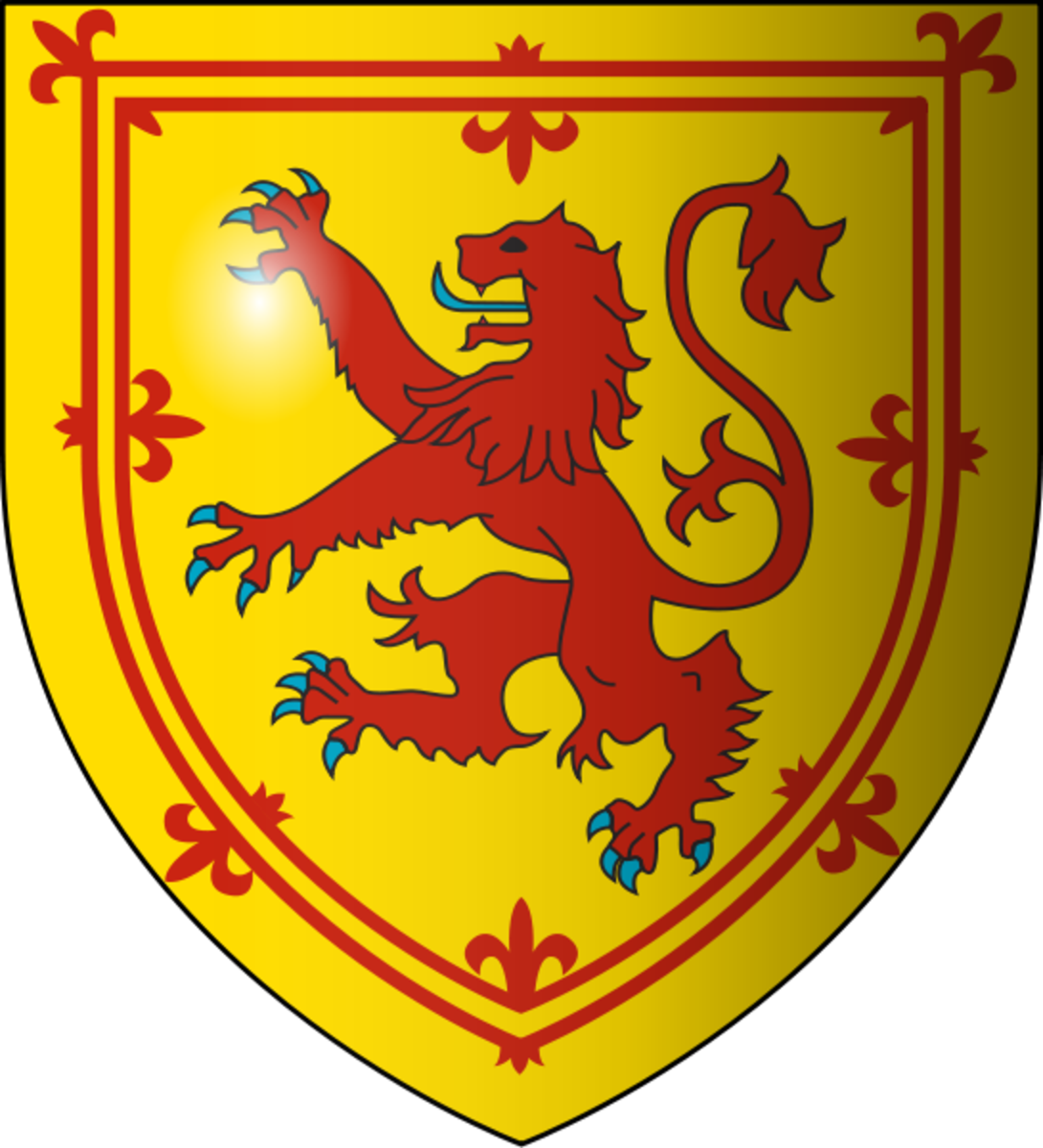The origins of flamenco music and dance in Spain - The influence of the Gypsy community on flamenco.
Origins of flamenco
The denomination ‘flamenco’ is given to a musical form of folkloric song and dance peculiar to the southern area of Spain, particularly of Andalusia and specifically to Cádiz, Jerez de Frontera and and the neighbourhood of Triana in Sevilla. These three cities are known as the flamenco ‘triangle’ owing to their geographical position. Málaga has also got its own particular style of flamenco, often considered somewhat different to the flamenco developed in the ‘triangle’.
The map below shows clearly the proximity of Andalusia to the north of Africa, Morocco, home to the Moors.
The flamenco triangle
What is flamenco?
There can be no definite theory which has been proven to show the origin and evolution of the art of flamenco in the distant past as this was an art form of a particularly spontaneous nature. Its very nature escaped the literary society of the times, as it was truly folkloric; ‘folkloric’ being defined by the Oxford Concise English Dictionary as “ pertaining to traditional beliefs and customs of a community passed on by word of mouth.” If anything, this form of art as we now know it would have been sung and danced around campfires or in taverns and ‘ventas’(country inns), not by professional troups or performers, but by those who simply had the ‘afición’ (hobby) to play guitar , sing or dance. As with folklore in all countries in the past there would always be an opportunity to spontaneously celebrate or express emotions through music and dance.
Could these beautiful birds be the origin of the word 'flamenco''?
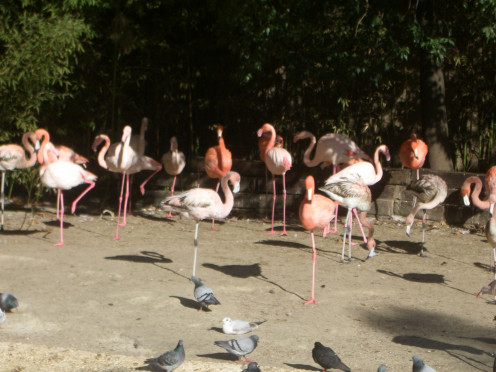
Origin of the word 'flamenco'.
Even the origin of the word ‘flamenco’ still is subject to debate in Spanish circles. Some linguists believe it is from the Arabic ‘felah mencus, or ‘felah mengus’ meaning ‘exiled peasant’. This is an attractive theory as the gypsies could certainly have been described as 'wandering countryfolk' exiled from their homeland. Others attribute it to the fact that many gypsy men fought in the war in Flanders. (1548- 1648) When they returned to Spain they were referred to as the ‘flamencos’ meaning ‘the guys back from Flanders’.
I could have believed that the word was in reference to the beautiful red or pink flamingo bird (also ‘flamenco’ in Spanish). The bird is elegant with a long fine neck and graceful movements. Perhaps that is a little too simplistic, but who knows?
Cervantes
Little is known of the development of flamenco or of the welfare of the gypsy commuity in Spain, apart from the writings of Miguel de Cervantes, the author of the renowned “Don Quixote”. He was one of the few writers who paid any attention to gypsy society. Cervantes’ novel, “La Gitanilla” found in the "Exemplary Storias" (published 1613), is a romance between a gypsy girl, a gypsy man and a nobleman. There is the usual intrigue and twist in the plot but that’s another story.
References to Spanish folklore is also found in Cervantes' major work, Don Quijote de la Mancha.See left for examples of editions available
Spontaneity, passion and freedom are what characterises flamenco. Until the 1900s there was very little actual recorded material or information on this folklore as it was not considered of any great interest to literary circles of the time.
Cervantes best loved work, Don Quijote
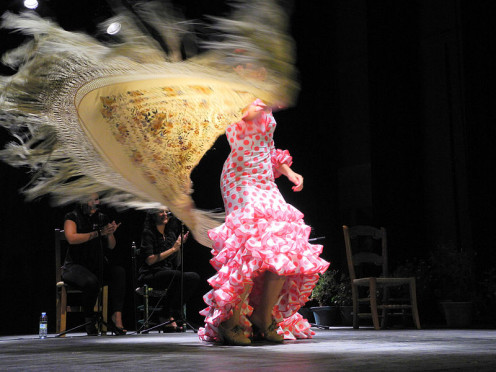
Map of Migration of Gypsy Community throughout Europe between the twelfth and sixteenth centuries
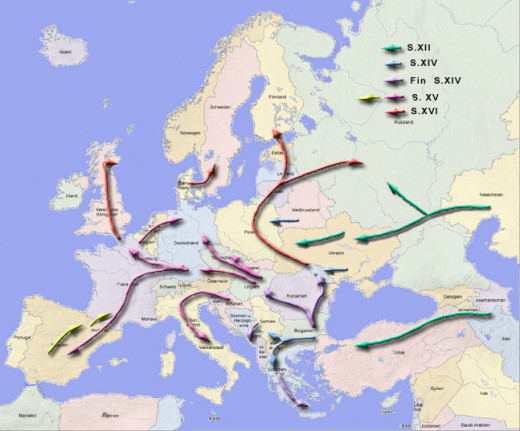
The map above shows the migration of the gypsy community through Europe.
Legend has it that when the gypsies arrived in Spain and were received by King Juan II, they introduced themselves as the "Counts of Egypt Minor". The word 'gypsy' is derived from Egypt. From the map it seems that this was misleading.
KEY TO MAP
S=SIGLO (Century)
SXII= Twelfth Century
SXIV= Fourteenth Century
Fin SXIV= End of fourteenth Century
SXV= Fifteenth Century
SXVI= Sixteenth Century
Arrival in Spain
Historians tell us that Romani gypsies entered Spain in the sixteenth century. There is historical evidence of gypsies being received by King Juan of Aragon in 1425. This was just prior to the Spanish Reconquest of Spain in 1492 from the Moors by the Catholic king and queen, Isabel and Ferdinand. There was a disenchanted sector of society made up of Moors and Jews who had to convert to Catholicism in order to avoid exile.(TheMoors in this situation were known as 'mozárabes). This was the era of the Spanish Inquisition. There are some who claim that these ‘misfits’ of the Spanish society would naturally mix together on a social level to lament their misfortunes and this would possibly explain why some of the flamenco song and dance is often seen to show similarities to the Moorish style of lament in song. All this mystery serves to enhance the charm and attraction of flamenco and adds to the interest and imagination of all who witness it.
Washington Irving
In the mid nineteenth century, one North-American diplomat, found himself charmed by his travels in Andalusia. This was the famous Washington Irving. He published “Tales of the Alhambra” in 1832 and throughout the book describes various scenes of revelry which he witnessed on his way to Granada.
“Sometimes I would hear the faint sounds of castanets from some party of dancers lingering in the Alameda; at other times I have heard the dubious tones of a guitar and the notes of a single voice rising from some solitary street”……
Tales of the Alhambra
Another passage from "The Tales of the Alhambra" paints this picture:
“While we were supping……we heard the notes of a guitar and the click of castanets, and presently a chorus of voices singing a popular air. …..the patio or courtyard presented a scene of true Spanish festivity……..He touched the guitar with masterly skill and sang little amorous ditties with an expressive leer at the women, with whom he was evidently a favourite. He afterwards danced a ‘fandango’ with a buxom Andalusian damsel to the great delight of the spectators.”
Irving fell in love with Spain: The cover of this edition shows the imposing Alhambra Palace, viewed from the Albaicín district opposite the palace.
A gypsy group performing in 1888
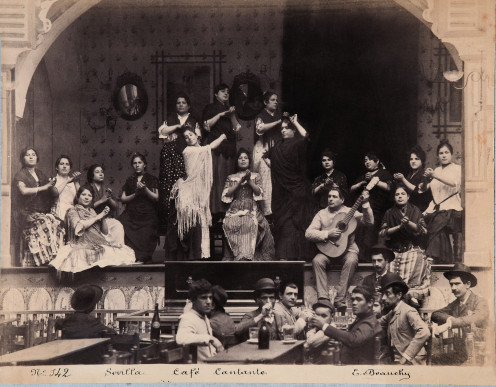
Flamenco for tourists in 'Rocio's cave', Granada. How things have changed!
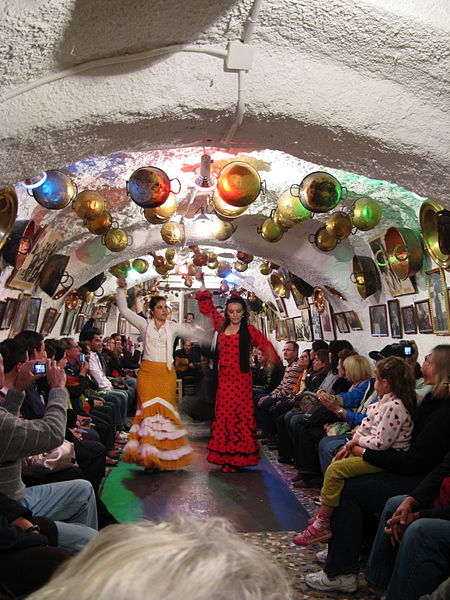
Argentina, from Huelva, Spain. on YOUTUBE
Documentation
Apart from Irving and Cervantes there has been very little documented about the history of flamenco until the end of the nineteeth century - beginning of twentieth, when some Spanish writers took up the torch and expounded the virtuosity of the art. Then it wasn't until the second half of the twentieth century, when tourism to Spain became popular and flamenco was opened up for the world to marvel at and enjoy.
Passion
The whole art of flamenco is based on spontaneity, passion and often tragedy. Lyrics to flamenco songs often refer to unrequited love, death or sadness although there can be more joyful elements at times.
But for a Spanish person the best flamenco is not that which is performed on stage in front of an audience of foreigners or strangers.
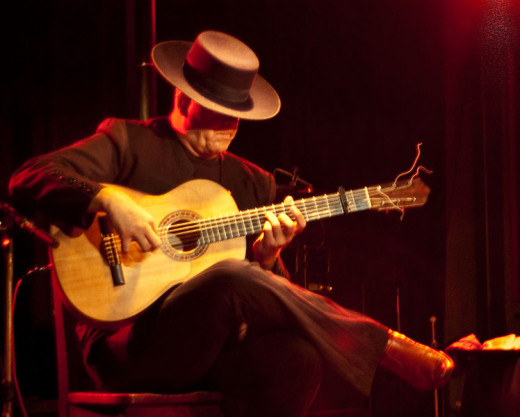
True spirit of flamenco: "duende"
For people who know and understand flamenco, the spirit or essence of flamenco is often referred to as 'duende' in Spanish. This is translated as firstly a 'goblin' or 'elf' but in figurative terms the meaning is 'charm' or 'magic' . The true flamenco 'duende' occurs when someone picks up their guitar, unannounced, and begins to play. A woman stands, unannounced, and begins to dance. A hush falls slowly over the room as all present realise what is going and begin to clap…..
Someone else takes up the lament Ayyyyyyyy…… The spirit of flamenco the "duende" likes to catch you unaware. True flamenco turns up when nobody expects it.........not even the performers themselves!
COMMENT BOX BELOW
Leave your comments under the beautiful picture of the flamenco dancer below.
Let me know if you found this article useful.
Let me know how I can improve on this article in the future.
Olé y olé!
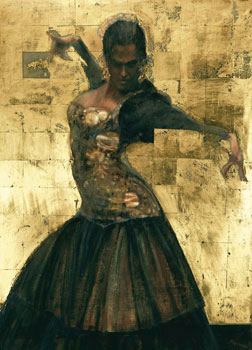
Read more articles about Spain here
- How to learn Spanish-10 easy tips
Here are 10 easy-to-understand tips or ideas for learning Spanish. Now it's up to you to make the decision and get started now! - Spanish Traditional Flamenco Dress
The origins of the stylish Spanish flamenco dress and how it has evolved over the decades and been able to inspire top fashion designers. I have included my own photos, a video and a map of Spain. - Spanish classical guitar
Never too late to learn! Get started on learing how to play Spanish Classical guitar and delight your friends with your newly-acquired talent.



